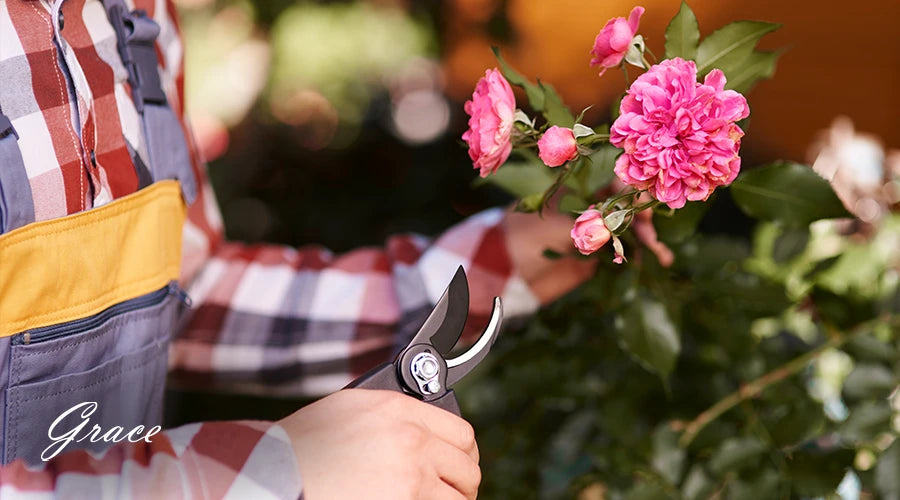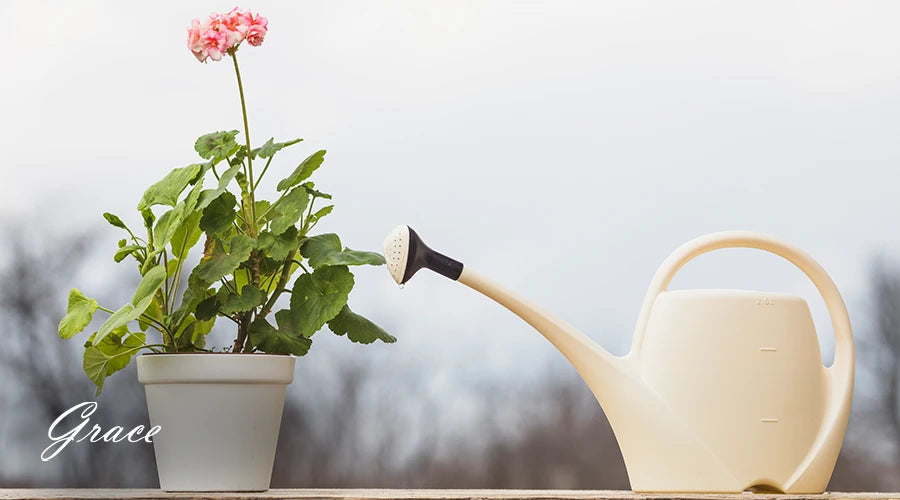Proven Methods for Reviving Wilted Flowers
It's disheartening when a beautiful flower arrangement suddenly wilts just days later, even after carefully choosing blooms and putting them together. But wait to discard those droopy blooms - there's usually a way to restore them! We'll share some simple things that generally do the trick.
How to Prevent Flowers from Wilting
Here are some tips to prevent wilting flowers from occurring in the first place, rather than trying to cure them.
Keep Them Cool During Transport
Cut flowers will start to droop once removed from their water source. To help them last longer, keep the bouquet somewhere cool during the drive back. Do not leave it out in direct sunshine or air vents blowing hot, as that will speed up the wilting.
Refrigerate Carefully
Do not put fresh flowers directly in the refrigerator. The fridge can be too cold for them. Instead, lay the flowers on a shelf away from cold air vents. Flowers don't like drastic temperature changes.
Unwrap and Hydrate Promptly
Don't keep your flowers wrapped up for too long after receiving them. Immediately remove them from the wrapping and put the stems in a vase filled with lukewarm water. Hot or very cold water can shock the delicate flower petals.
Proper Prepping and Arranging
When you want to show off your flowers, cut about an inch to an inch and a half off the end of each stem at an angle. This helps the stems take in more water so the flowers will last. Then, separate the bouquet into groups of similar flowers. Add the packet of floral food to the vase. Now, place the flowers where you like in the vase.
Avoid Direct Sunlight and Vents
Display your flower vase somewhere without direct sunlight or near heating or air conditioning vents. Those things can cause the flowers to wilt faster than normal. Keeping them in the right spot will help them stay fresh looking longer.
Regular Water Changes
Every few days, empty the old water from the vase. Rinse it clean and fill with fresh water before putting the flowers back in. This helps keep them hydrated with clean water. When switching out the water, take scissors and cut 1 inch off the bottom of each stem under water. This allows the blooms to continue taking in water smoothly over time.
What Causes Flowers to Wilt Despite Care?

No matter how hard you try to care for your flowers, sometimes they will droop before their prime is done. This can happen for a few reasons:
Problem: Stem Blockage
If flowers sat too long before arranging, a scab may have formed where cut, preventing water from traveling up.
Solution: Take your wilted flower and snip the stem at an angle about 1 inch from the already cut end. By doing this, water should be able to flow freely again.
Problem: Cloudy, Polluted Water
When the vase water is cloudy or discolored, the stem can become polluted, and the flower will wilt.
Solution: Thoroughly clean the vase and ash it thoroughly using soap and warm water. Rinse until all the soap is gone. Then, fill the vase with fresh, lukewarm water before arranging your blooms.
Problem: Extreme Temperatures
Extreme temperatures, whether very hot or cold, can cause wilting in flowers. This is because temperatures outside their ideal range disrupt the delicate water balance inside the blooms.
Solution: Keep your bouquet in a cool, draft-free area away from heating or cooling vents and direct sunlight.
The Sugar Solution
If your bouquet starts looking droopy after a few days, try this easy trick:
Add three teaspoons of sugar to some lukewarm water in your vase.
Submerge the wilted blooms in the sugary water for a rest.
The sugar acts as an energy boost for the flowers, helping them stand tall again.
If there is no improvement within 3 hours, add one more teaspoon of sugar and top up the water.
This tip should add anywhere from 24 to 72 hours to the life of your bouquet.
More Tips for Reviving Wilted Flowers

Add DIY Flower Food
If a fresh change of water doesn't do the trick, try this Formula for Revival:
Mix 2 Tbsp lemon juice, 1 Tbsp sugar, and 1/4 Tbsp bleach into 1 quart of tepid water. The sugar gives a boost of nourishment. Bleach (used sparingly) helps zap any potential stem infections.
Submerge the wilted flowers and allow them to rehydrate overnight. By morning, the perking up should be noticeable.
More tips about: homemade flower food
Add a Small Amount of Bleach
If bacteria are already in the water supply, sugar alone won't help. Adding a small amount of bleach can disinfect your bouquet. Dilute 1 teaspoon of bleach in 1 quart of water to kill harmful bacteria.
Remove Decaying Stems and Leaves
As your flowers fade, remove any decaying stems and leaves, which can spread bacteria to healthy ones. This way, you'll be left with a few beautiful stems that can continue thriving for longer.
More tips about: Flower Care Guide
The Boiling Water Method: A Last Resort
If your freshly cut flowers are wilting despite your best efforts, you might want to try the "Boiling Water Method" as a last resort before throwing them out. Here's how it works:
- Boil water on the stove and pour it into a jar, filling it about 1 inch deep.
- Recut the stems at an angle with clean, sharp flower clippers.
- Immediately plunge the stem ends into the boiling water, angling the blooms out of the jar to avoid steaming them.
- Set a timer for 10 seconds to a few minutes, depending on the stem type (soft-stemmed flowers require less time).
- Place the stems in cool water after "searing" them in boiling water.
This method works well for varieties like artemisia, basil, Chinese forget-me-not, dahlias, dusty miller, hollyhock, honeywort, hydrangea, lilac, mint, scented geranium, and shiso/perilla. While it might seem counterintuitive, the boiling water helps revive the wilted stems by jump starting their water uptake.
Crush the Stems
For water-loving flowers like hydrangeas or irises, try crushing the stems. It might sound harsh, but it increases the amount of water they can absorb and improves their chances of rehydrating.
Trim Away Dead or Dying Foliage
Remove dead or dying leaves or blooms if your flower lacks the nutrients or water to keep its parts healthy. These draw away vital resources from viable blooms, so cutting or picking them off ensures your flower conserves energy for its healthy stems.
Final Words
Using these easy tricks, you can save wilted flowers from the trash and fill your home with lovely colors and scents over a few extra days. The best approach is to keep blooms healthy from the beginning. Be sure to follow the proper care steps. However, if your bouquet starts drooping, don't toss it immediately. There's still a chance to bring those flowers back to fullness. With a bit of care and attention using these revival methods, you can renew your wilted blooms and make them last longer. That means keeping your surroundings lively and bright for longer than expected. So don't give up hope on dropping flowers too soon. With some simple help, their natural beauty can stick around to brighten your home a while more.
Reviving Wilted Flowers Frequently Asked Questions
How long can I expect my revived flowers to last?
It varies, but most perk back up for a few more days or a full week with the right care. Cut flowers have a limited lifespan, so they won't last forever.
Can I revive all types of flowers using these methods?
Flowers with thicker, woody stems, like hydrangeas or lilacs, respond better than delicate ones. But it's worth a try with any type before tossing them out.
Is using sugar or flower food to revive wilted flowers better?
Floral food was made for this job so it could work better. But sugar water in a small amount is a temporary substitute when you're without food.
Can I revive flowers that have been wilted for several days?
Revive them as soon as you notice, waiting for the best chance. Still, try your droopy flowers with these methods before throwing in the towel, even if a few days have passed.
Is it safe to use bleach on my flowers?
Yes, but go lightly - just a teaspoon per quart of water. Too much can hurt delicate petals. Used sparingly, it kills bacteria causing the wilting. Always dilute bleach well before adding flowers.







Leave a comment